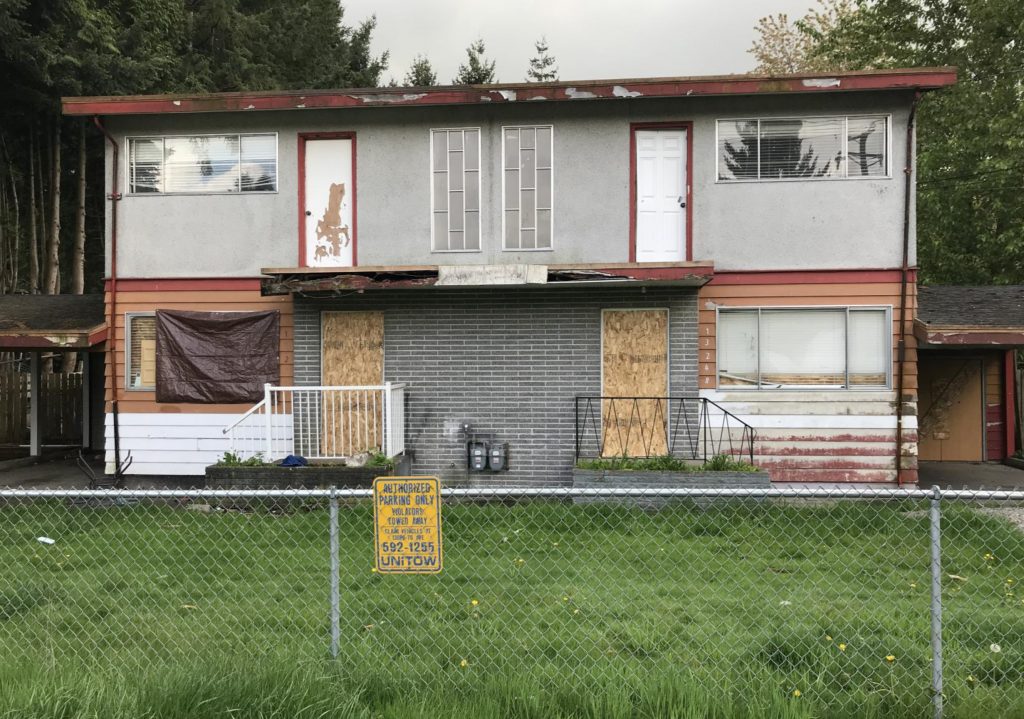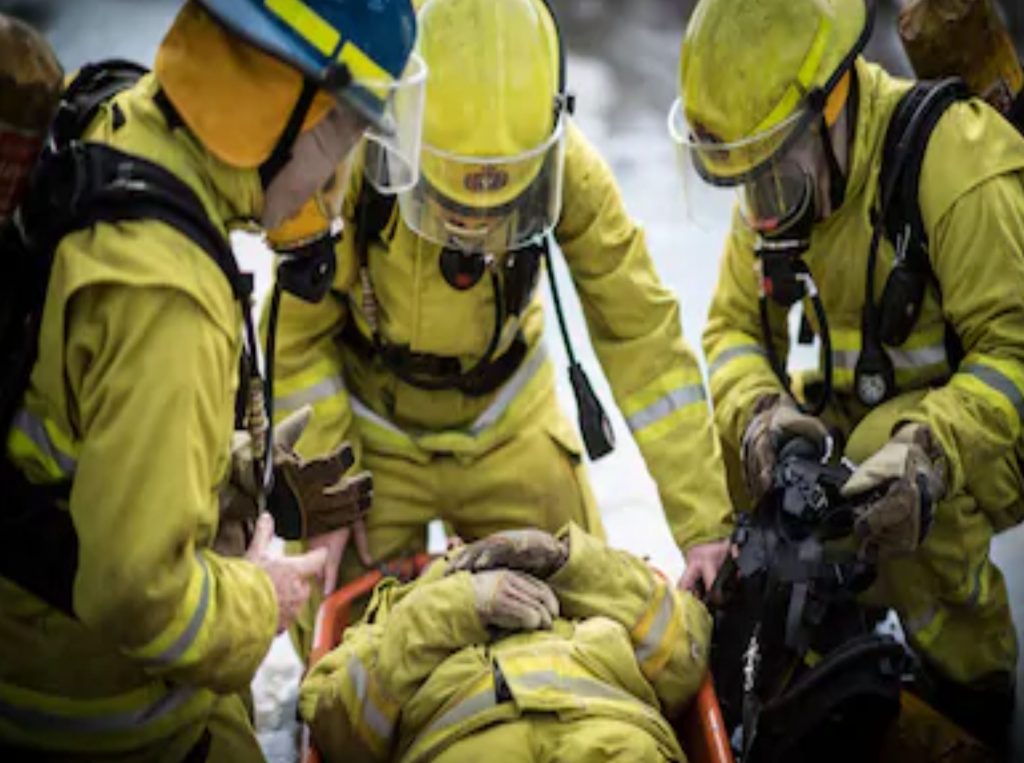
Fire Severity Outcome Comparison of Apartment Buildings Constructed from Combustible and Non-combustible Materials
April 11, 2022Wood is a natural, sustainable, and economical material used for construction. It is also combustible, which causes structures constructed from…
Distressed Properties: Community Risk Reduction in the City of Surrey
October 18, 2021The purpose of this research is to evaluate the effectiveness of an administrative compliance program which targets residential properties to…
A Review of Fire First Responder Responses to Lift Assist and Traumatic Fall Incidents: Analysis on City of Surrey Medical Incident Response
April 13, 2021This study reviews the increasing demand for fire first responder response for non-emergency patient lift assists as well as requests…
Journey of HomeSafe: Community Risk Reduction in Surrey
October 20, 2020The aim of this research is to provide a comprehensive picture of different initiatives within the City of Surrey, British…
Canadian Firefighter Fatality and Injury: Trend Analysis of Association of Workers Compensation Boards of Canada Fatality and Injury Claims 2006 – 2018
July 17, 2020The purpose of the study is to determine the trends for time-loss injury and fatality claims among firefighters due to…
Fire Risk in Senior Population Analysis of Canadian Fire Incidents
June 18, 2019This research explores the risk of casualties (fatalities and injuries) among the senior population (aged 65 and over) in the…
Fires that Commence on Balconies of Multi-Residential Buildings: Analysis of the National Fire Incident Database
May 24, 2019The purpose of this study was to examine the significance of fires that occur on the exterior of multi- residential…
Structure Fires in British Columbia: Exploring Variations in Outcomes as a Function of Building Height and Life Safety Systems
May 10, 2019This report examines structure fires in British Columbia (BC) that occurred over a thirteen year period to explore variations in…
Fires in Canada Originating from Smoking Materials Analysis of Canadian Fire Incidents
March 28, 2019Research over time indicates that smoking materials continue to be a leading cause of residential fires in Canada. With newer…
Fire Protection System(s) Performance in the Residential Building Environment: Examining the Relationship between Civilian and Firefighter Injuries: A Retrospective Evaluation of Residential and Residential Apartment Fires, 2005 to 2015
March 21, 2019This paper summarizes the findings from an analysis of the fire protection performance of sprinkler systems and smoke alarms in…
